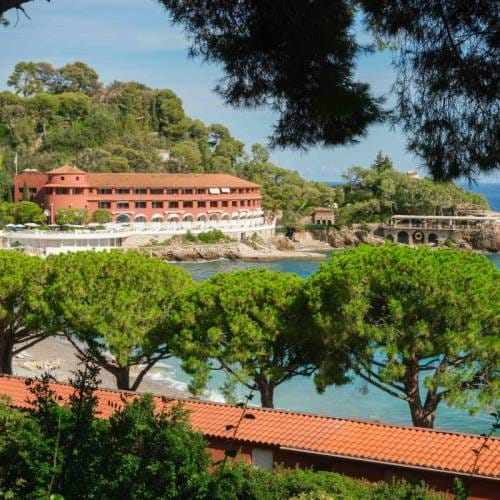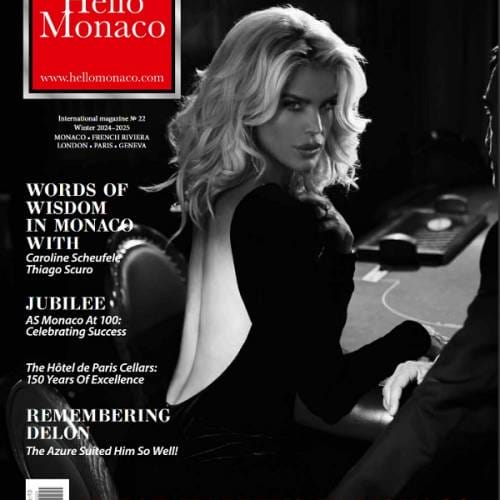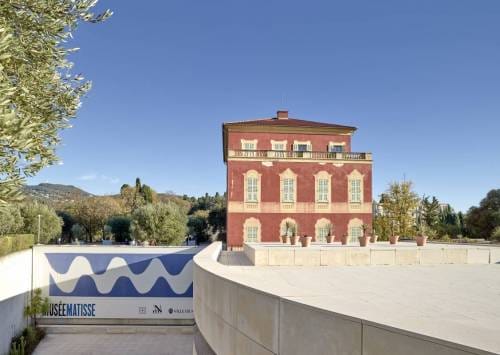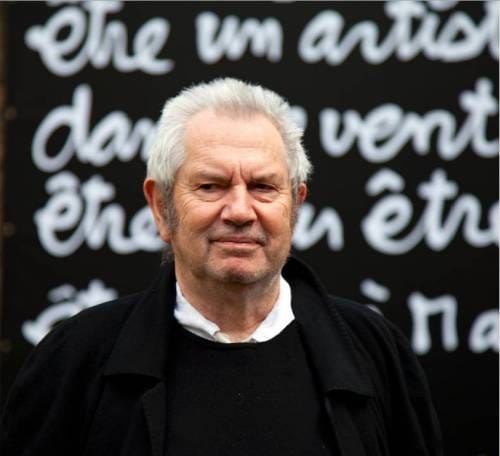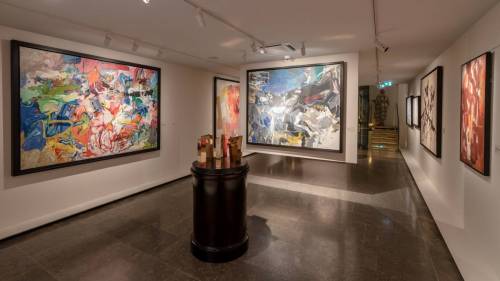A feeling of the sublime with Turner at the Grimaldi Forum
Until September
After the special Monet event last summer, an equally exceptional exhibition of the incredible Joseph Mallord William Turner is now in store for us. He was a pioneer, the first one to have honoured what he saw, to have left the light to do the magic, on its own, in his mythical landscapes. This contemplative nature lover had transferred his emotions and the evanescent colour of the elements onto the canvas long before the Impressionists. Admiring his paintings, we become ecstatic, almost reaching exaltation. This is precisely what the majestic scenography of the Grimaldi Forum is treating us to.
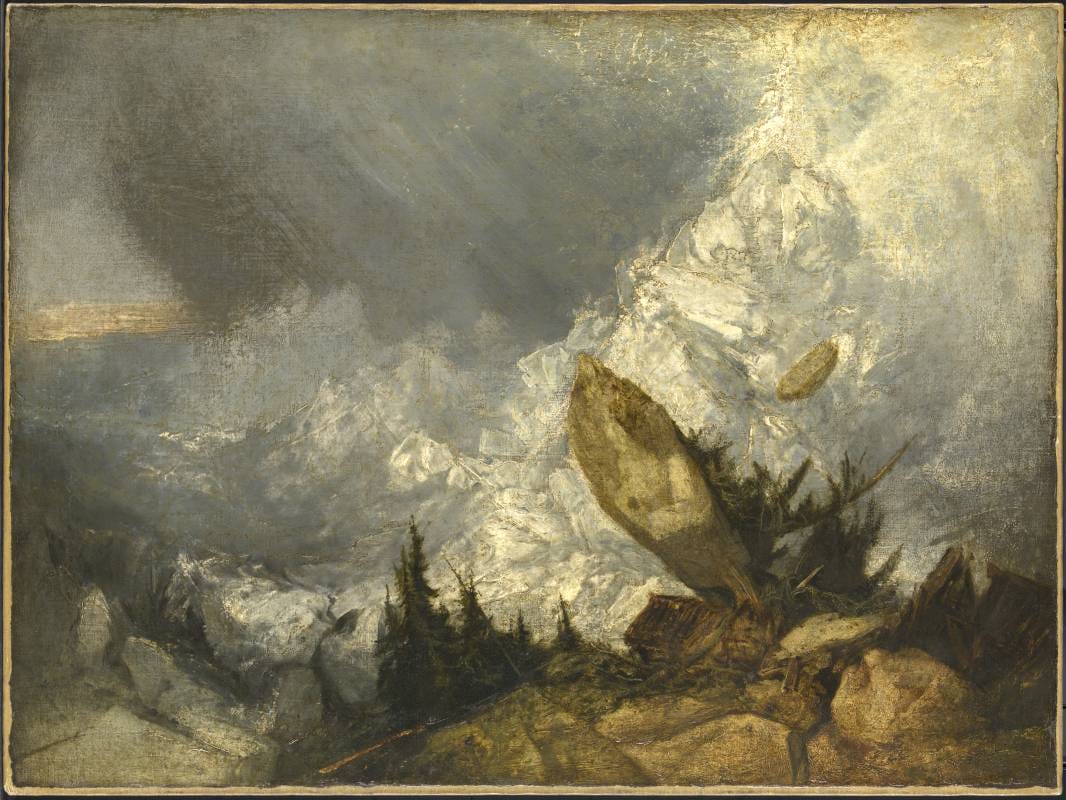
The Fall of an Avalanche in the Grisons,
exhibited 1810
Oil paint on canvas
Tate
Photo: © Tate
Masterpieces loaned by the legendary Tate of London, some of which have barely left the United Kingdom, are likened to modern creations (paintings, sculptures, installations, photographs) by major contemporary artists: John Akomfrah, Edward Burtynsky, Peter Doig, Olafur Eliasson, Howard Hodgkin, Roni Horn, Richard Long, Lisa Milroy, Cornelia Parker, Katie Paterson, Laure Prouvost, Mark Rothko, Wolfgang Tillmans, James Turrell and Jessica Warboys. This “confrontation” establishes a fascinating dialogue, helping us grasp Turner’s innovative style on the way towards abstraction. Almost in spite of himself, he is guided by his emotions when facing ever-changing nature, truly making a mark in the history of art. According to the curator, Elizabeth Brook: “To this day, these contemporary works are demonstrating the relevance of Turner’s landscapes exploring the sublime.”
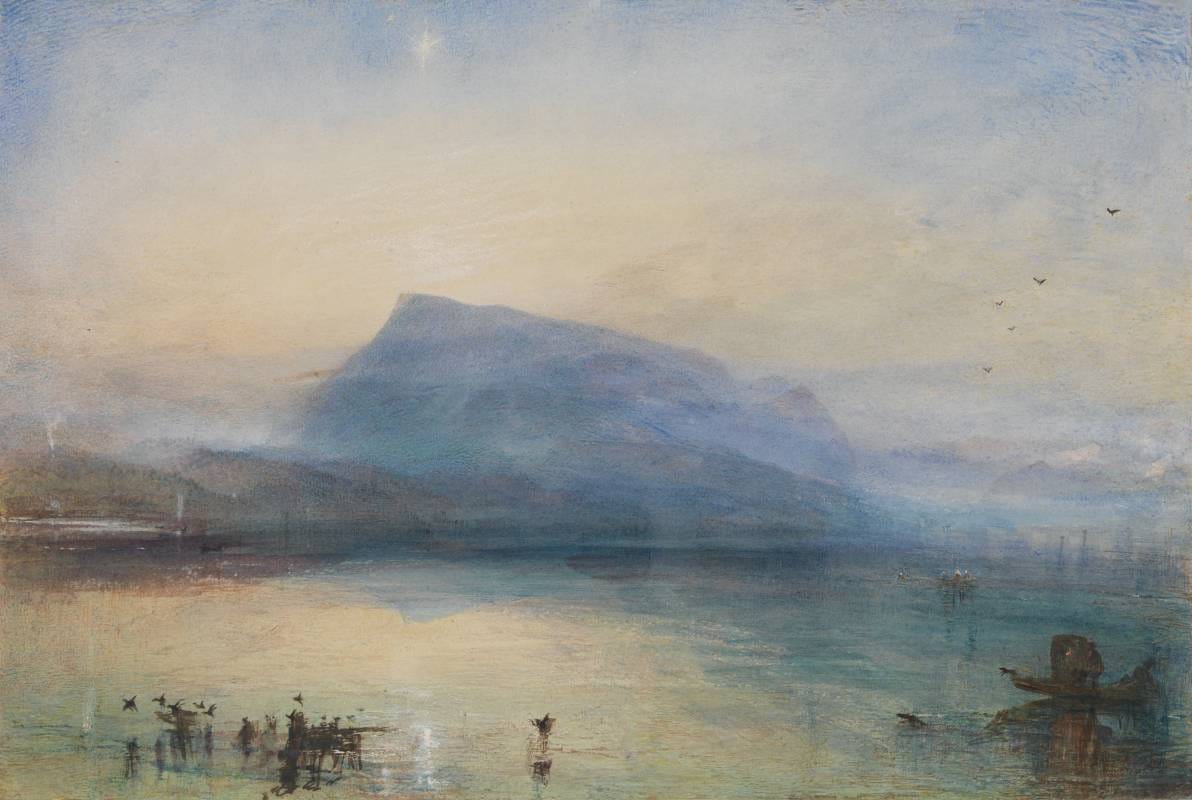
The Blue Rigi, Sunrise 1842
Watercolour on paper
Tate
Photo: © Tate
Thirty-eight oil paintings and some forty watercolours and gouaches are now exposed in the vast space of the Grimaldi Forum. We get to explore the landscapes which marked the painter who travelled from Venice to Grenoble, lingering on water reflections, mountain silhouettes, sunsets, equally surveying all the regions of his native England. A tireless walker in search of intense emotions, thrills and fascination. In quest of the sublime.
Turner The Sublime Legacy
Grimaldi Forum
10, Avenue Princesse Grace, Monaco
Chagall’s cry for freedom in Nice
Until September 16
This summer the Marc Chagall National Museum in Nice is hosting an exceptional exhibition. It’s a radically new look at the works of this major 20th century artist. Originally from the city of Vitebsk in Belarus, the Russian Empire at the time, Chagall lived through the tsarist anti-Semitic persecutions, the two world wars, exile and heartbreak. The bearer of a sumptuous “Biblical Message” including twelve paintings of Genesis and Exodus, and five evoking the Song of Songs, he is considered a genius colourist, a poet, a dreamer and an inspired religious texts’ reader. He is, of course, all that. The political, somewhat militant dimension of his art, however, remained in the shade for decades.

Photo: Nicole Laffont
This very timely exhibition in Nice is the fruit of a truly Benedictine archival and documentary work carried out by the artist’s granddaughter. Present at the opening, Meret Meyer emphasized her grandfather’s profoundly humanist commitment. Thanks to exceptional loans, some true masterpieces were revealed to us, including the “Solitude”. The painting was produced in 1933 as Hitler came to power. A deeply desolate rabbi, carrying the books of Law, is accompanied by a white cow. With its lively and immense eye, the animal seems to symbolize an awakening of the tragedies to come. Another canvas that cannot leave anyone indifferent is “Purim”. Painted in 1916, it was exhibited in Germany by the Nazis in 1937 as an example of degenerate art!
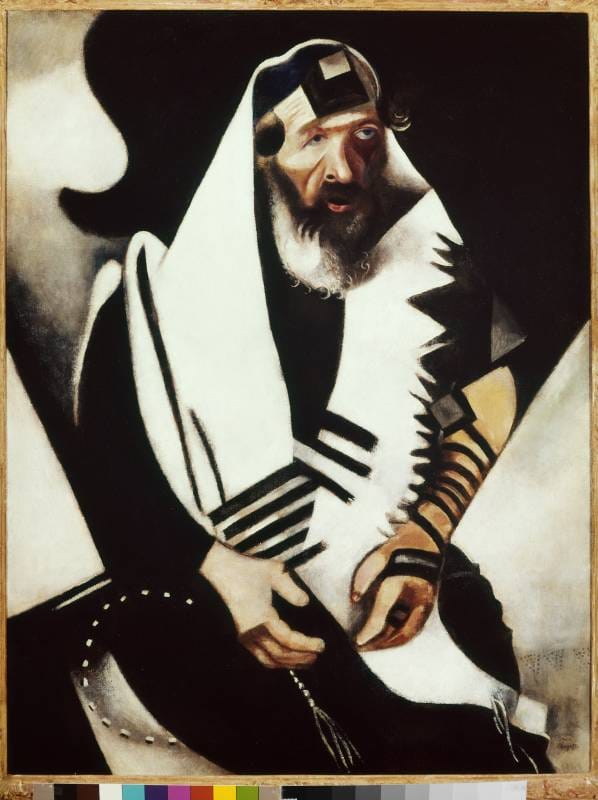
Artwork Location: Art Institute of Chicago, Chicago (IL)
©Photo Scala, Florence
The exhibition features a number of other documents, attesting to the past century’s turbulence that had affected the greatest painters of modernity. Two engravings, illustrating Anne Franck’s book, and “Prayer of Remembrance” produced in 1946, mutingly evoke, with an incredible simplicity, the horror of the Shoah. The truly historical and political dimension is still more obvious when we read a French administrative note dated October 10, 1940, on the Chagall’s family: “A Russian Israelite, denaturalized being of no national interest”…
This exhibition of a major artistic dimension (but not only) was first presented at the André Diligent Museum of Art and Industry, “La Piscine”, in Roubaix, and at the MAPFRE Foundation in Madrid. Inaugurated on October 7, 2023, doesn’t it bear a sign of destiny…?
A Political Chagall. A Cry for Freedom
Marc Chagall National Museum
Avenue Dr. Ménard, Nice
Berthe Morisot at the Museum of Fine Arts in Nice
Until September 29
It was the epoque of the Riviera luxurious resorts, with the first tourists dazzled by the local light and vegetation. It was a time of change in the history of art, with artists eager to transcribe their emotions, listen to their feelings, daring to see the truth. It was the turning point of impressionism. This year, celebrating the 150th anniversary of this major artistic movement, the Jules Chéret Museum of Fine Arts in Nice is dedicating an exhibition to Berthe Morisot, the first woman artist chosen for this kind of event.
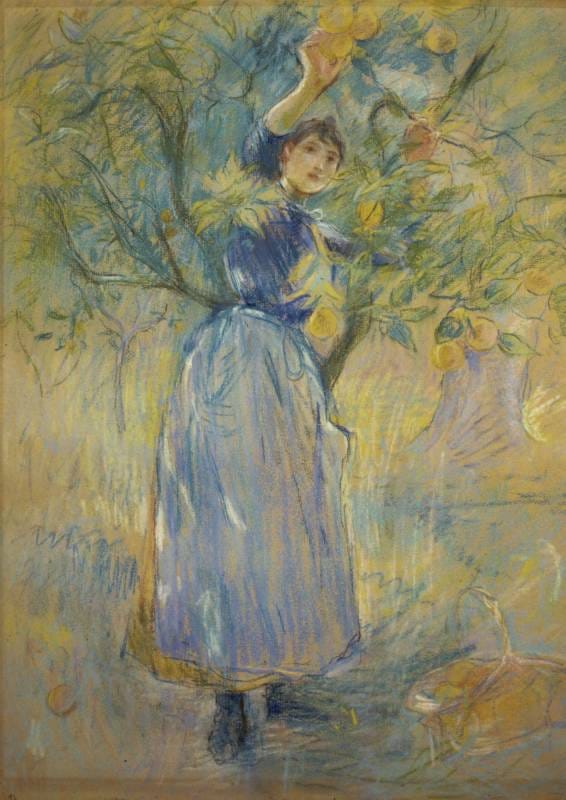
La cueillette des oranges à Cimiez, 1889
Grasse, Musée d’Art et d’Histoire de Provence, inv. 2013.0.2250
© Ville de Grasse
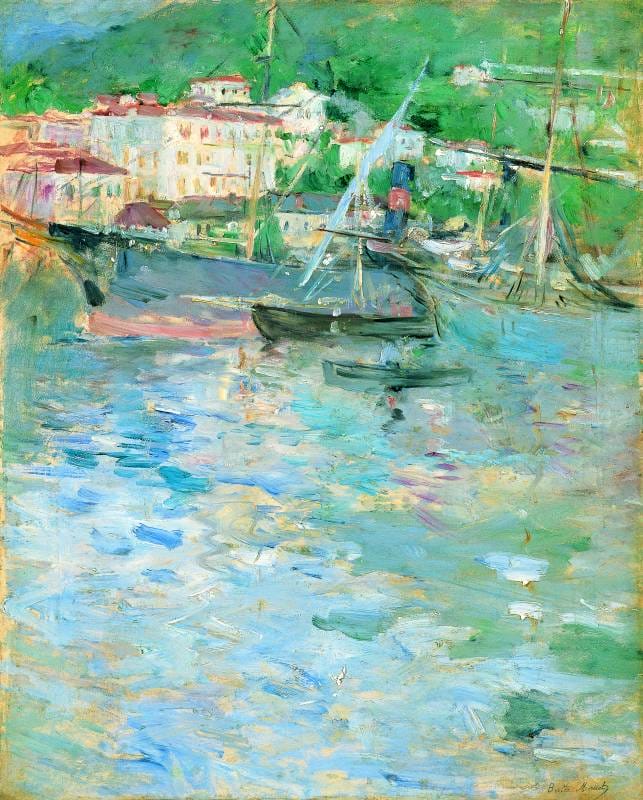
Huile sur papier marouflé sur toile, 53 × 43 cm
Paris, Musée Marmottan-Monet, inv. 6010
© Tous droits réservés
A sensitive, refined artist, she was largely inspired by her two winter stays on the Riviera in the late 19th century. The exhibition is thus a premiere of some sixty works created on the Côte d’Azur.
“I don’t think there’s ever been a man to treat a woman as an equal, and that’s all I would have asked for, because I know I am worth them», she used to say. Endowed with quite a personality, rebellious at times and friends with the greatest painters of her time, Berthe Morisot knew just how to establish herself on the artistic scene. Back in the day, erasing the difference between the sexes was very challenging. Among the masterpieces presented at the Chéret Museum, are two self-portraits, a view of the port of Nice and orange picking in Cimiez. Her landscapes, her characters are bathing in a blur to the point of reaching an abstraction.
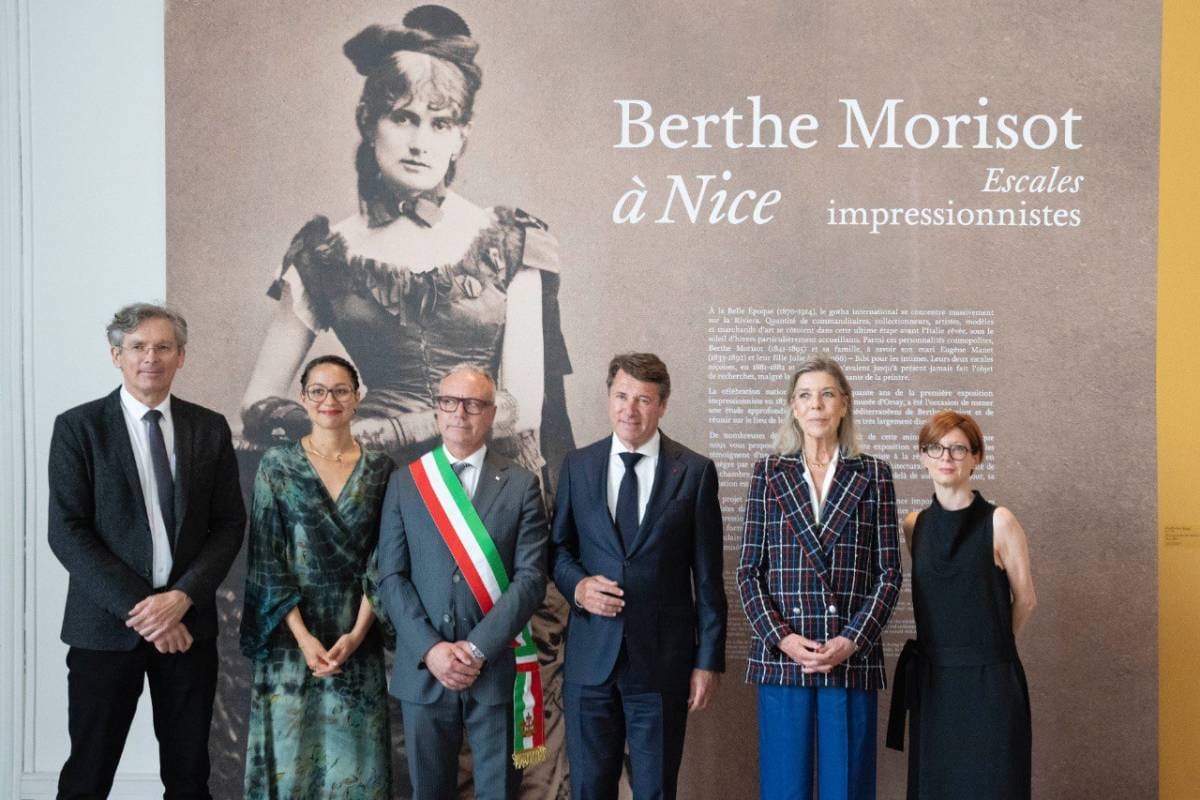
This is also an opportunity to admire paintings by Renoir or Monet. Some of them, including a view of the Principality, are loaned by the Princely Palace of Monaco.
And finally, in resonance with the pioneering artist Berthe Morisot and her extraordinary journey, a sequence is dedicated to her contemporaries. This exposition is bringing together works by Mary Cassatt, Eva Gonzalès, Marie Bashkirtseff and Louise Breslau, highlighting the tremendous abundance of the feminine creation on the Riviera during the Belle-Epoque. Challenging the norms in painting, impressionism had also done so for our entire society.
Berthe Morisot in Nice. Impressionist Stages
Jules Chéret Museum of Fine Arts
33, Avenue des Baumettes, Nice
Sea Horizon with Miquel Barceló at Villa Paloma, in Monaco
Until October 13
Oceanography is part of the Principality’s DNA. The summer exhibition at Villa Paloma is thus perfectly fitting into Monaco’s history. This summer the New National Museum of Monaco (NMNM) is presenting a Mallorca-born artist, Miquel Barceló. Acccording to the NMNM director and exhibition curator, Björn Dahlström: “This is a true plastic genius, both painter and ceramist. I thought it interesting to highlight him under quite a definite prism, that of his relationship to the sea. There is obviously an ecological subtext here. Even if his work is not strictly speaking militant, it does question our conscience. I like exhibitions that provoke rather than those that explain. Barceló is an islander, a great Mediterranean figure”.
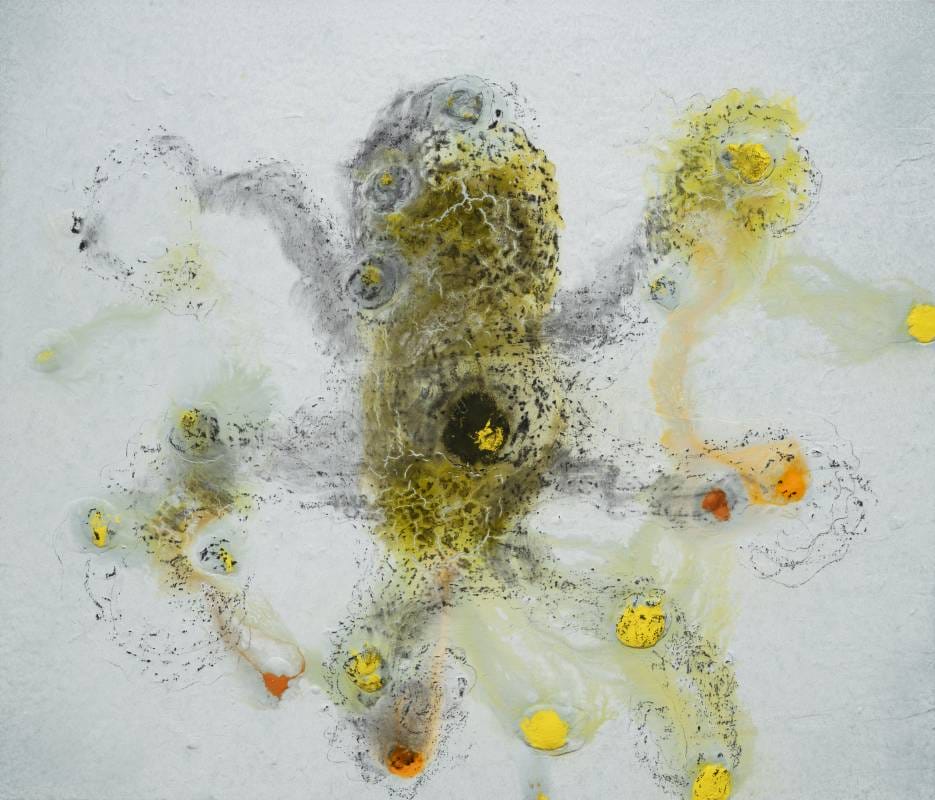
Haptique, 2015
Mixed media on canvas
70.8 × 82.7 in.
Artist’s Collection
© Miquel Barceló / ADAGP, Paris, 2024
Photo: David Bonet, 2024
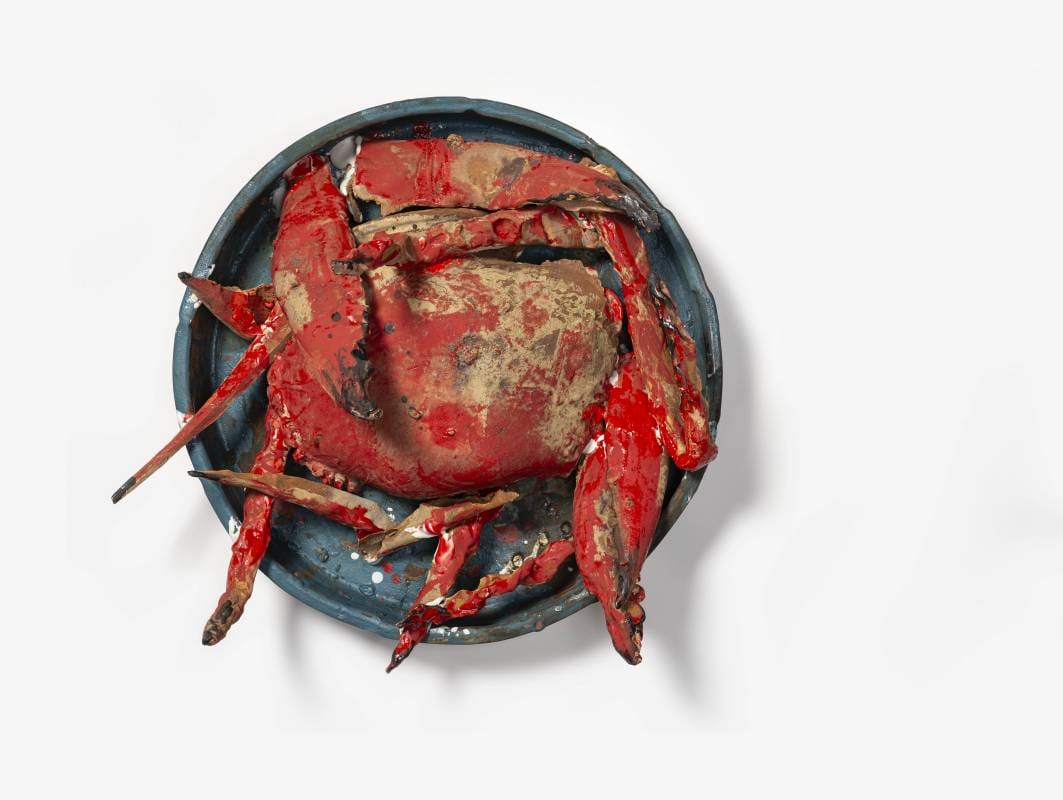
Untitled, 2018
Ceramic
64.5 × 17.7 × 14.2 in.
Artist’s Collection
© Miquel Barceló / ADAGP, Paris, 2024
Photo: David Bonet, 2024
Some sixty works, summing up forty years of creation, are taking us exploring the different paths taken by the artist. We embark on an exciting journey starting from the exploration of the abyss to the human figure visible behind the seascapes and still lifes. Among other noticeable objects, a powerful composition of waves, a bronze installed in the garden and antiquity-inspired ceramics. There is even a proper marine bestiary decorating tablecloths and sheets — embroidery made four-handed by the painter and his mother.
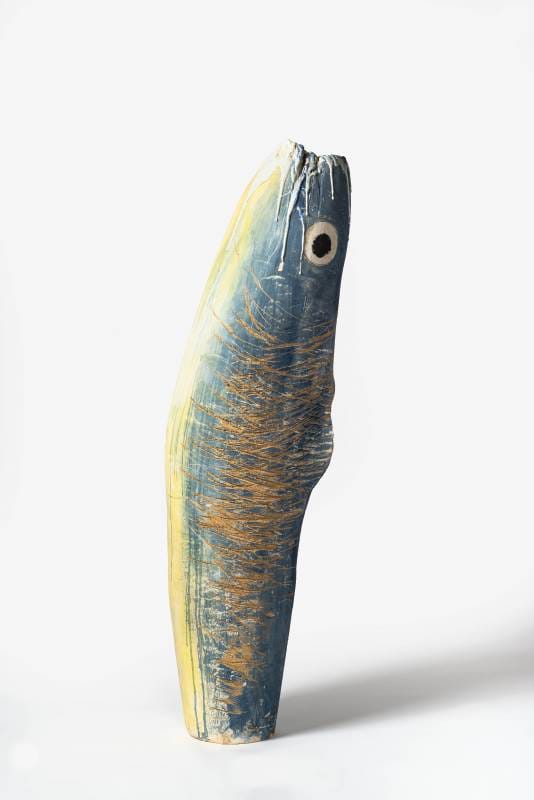
Untitled, 2022–2024
Ceramic
3.9 × 21.6 × 21.6 in.
Artist’s Collection
© Miquel Barceló / AD
AGP, Paris, 2024
Photo: David Bonet, 2024
A major contemporary artist, transformed into an oceanographer for the time of this exhibition in Monaco.
Miquel Barceló, oceanographer
Villa Paloma
56, Boulevard du Jardin Exotique, Monaco
A luminous cosmogony in Tourrettes-sur-Loup
Until October 28
This summer, take a dream opportunity to visit the charming medieval village of Tourrettes-sur-Loup, in the Vence hinterland. Inspired by this town of “violets”, cultivating its shy purple flower for many centuries, a visual artist has taken over its castle-town hall.
Ulrich Rampp is offering us a leap into the future. A bleak one due to global warming. We are in 2050. The ice floes and glaciers have almost all melted, and the waters have risen as high as the castle-town hall. With the mayor taking refuge on the 2nd floor and the employees forced to swim to work, this sinister scenario is taking on somewhat of a humourous tinge.
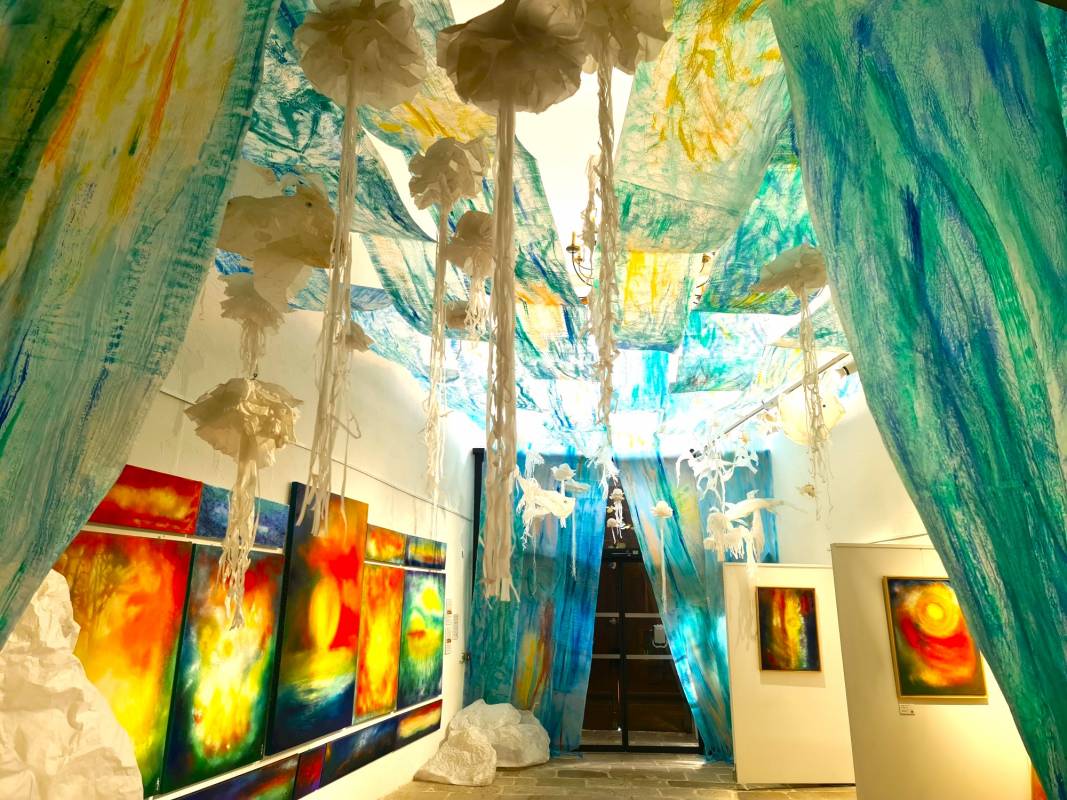
The visual artist took over two years to illustrate this dramatic episode. Using recycled tracing paper, he painted the waves, submerging the building, in soft tones of blue and white. Same material is used to render a peculiar ballet of jellyfish, salmon and flying fish. This colourful and fun installation, however, is alerting us of the dangers to come. Large canvases are presenting the cosmogony of our planet in explosions of light and pigments.
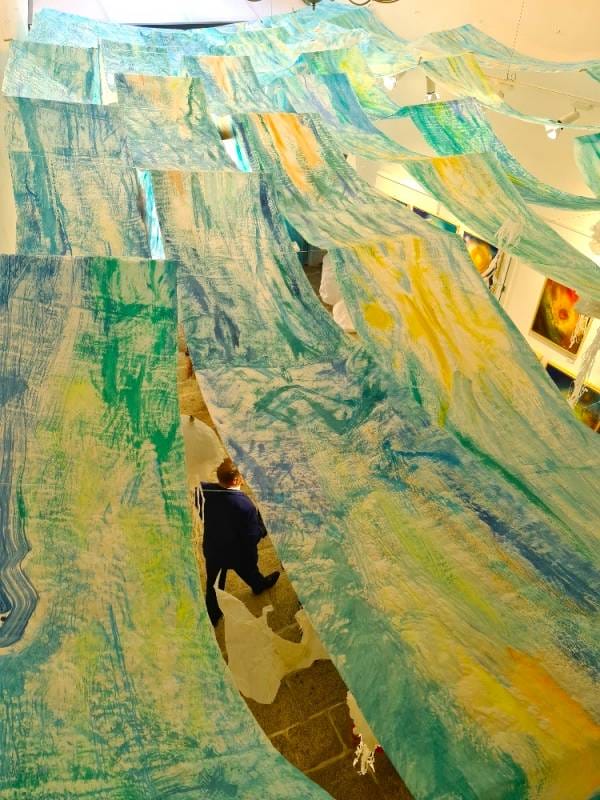
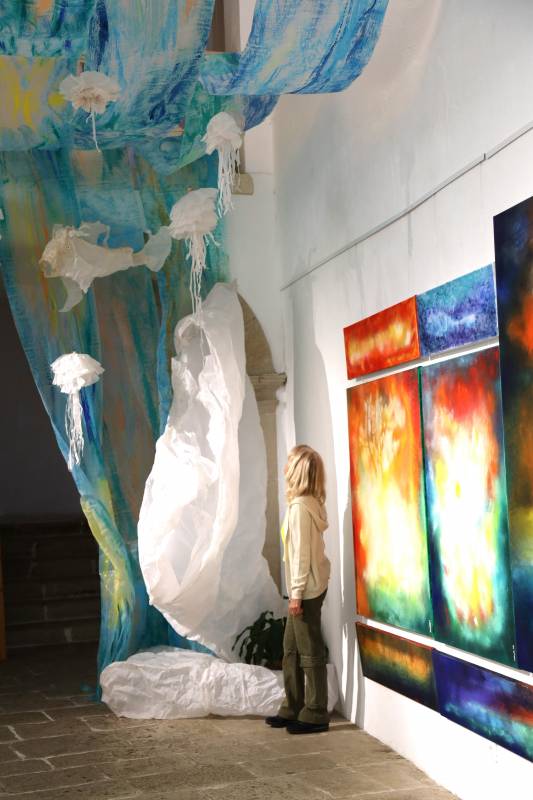
This exhibition is a nod to the precarious predicament we all live in. Foreseeing the worst, its elegant shapes and vital colours are still giving hope. A nice message that gives food for thought and deserves a stop in this town hall, determined to serve artists and delight its visitors.
Cosmogonie. L’histoire de la Terre et du vivant
Castle Town Hall, Tourrettes-sur-Loup

